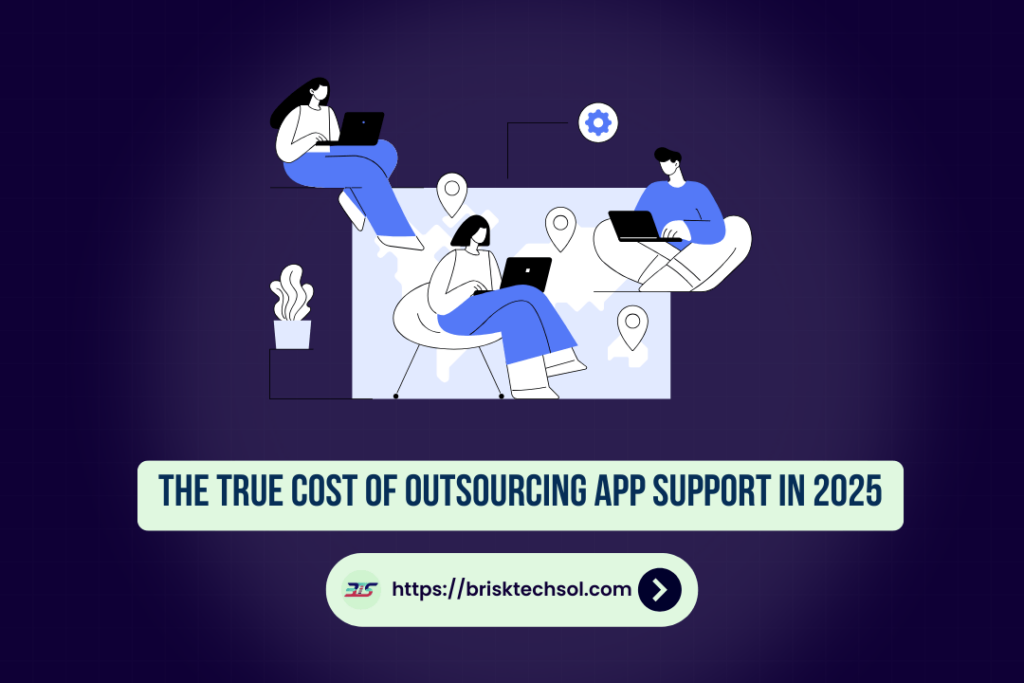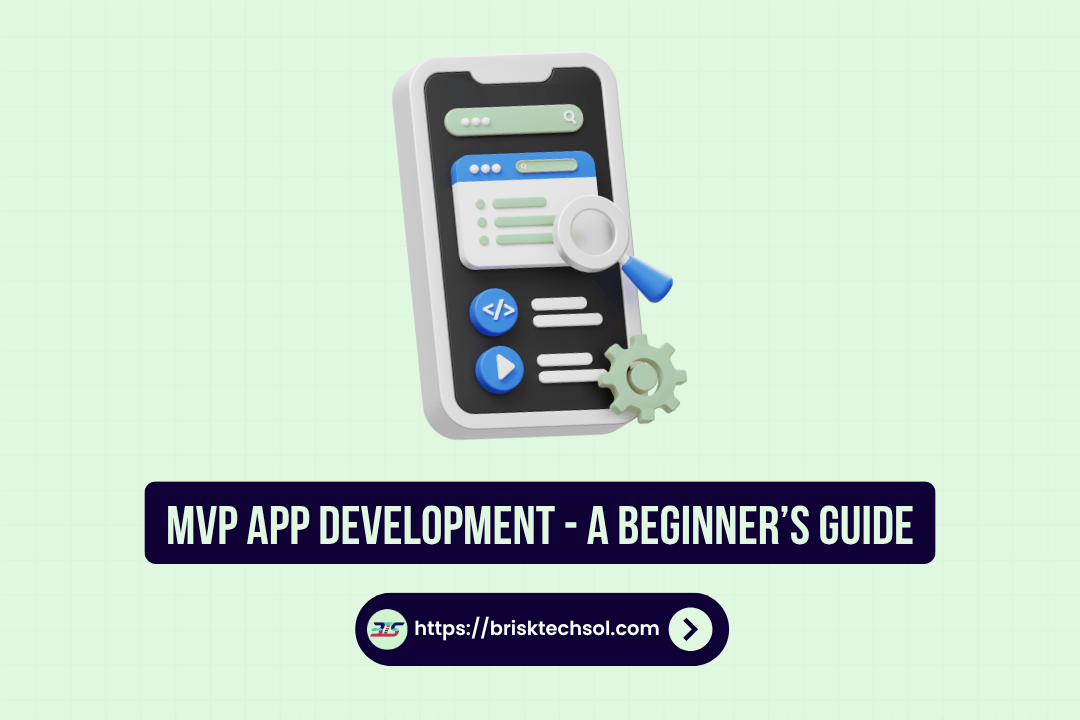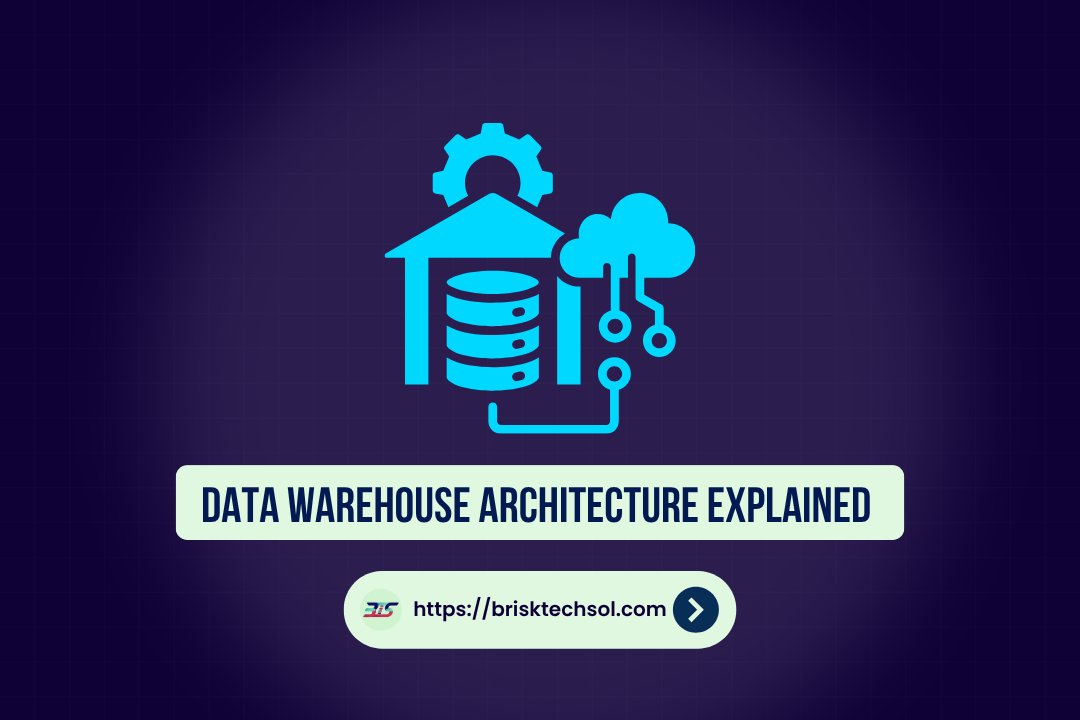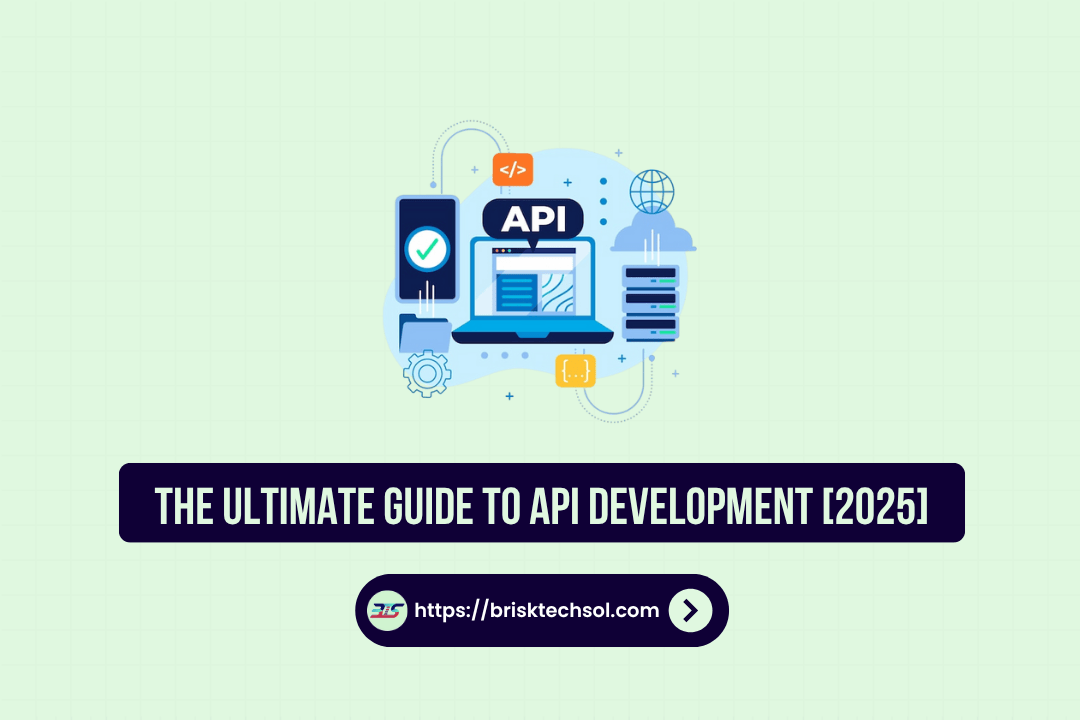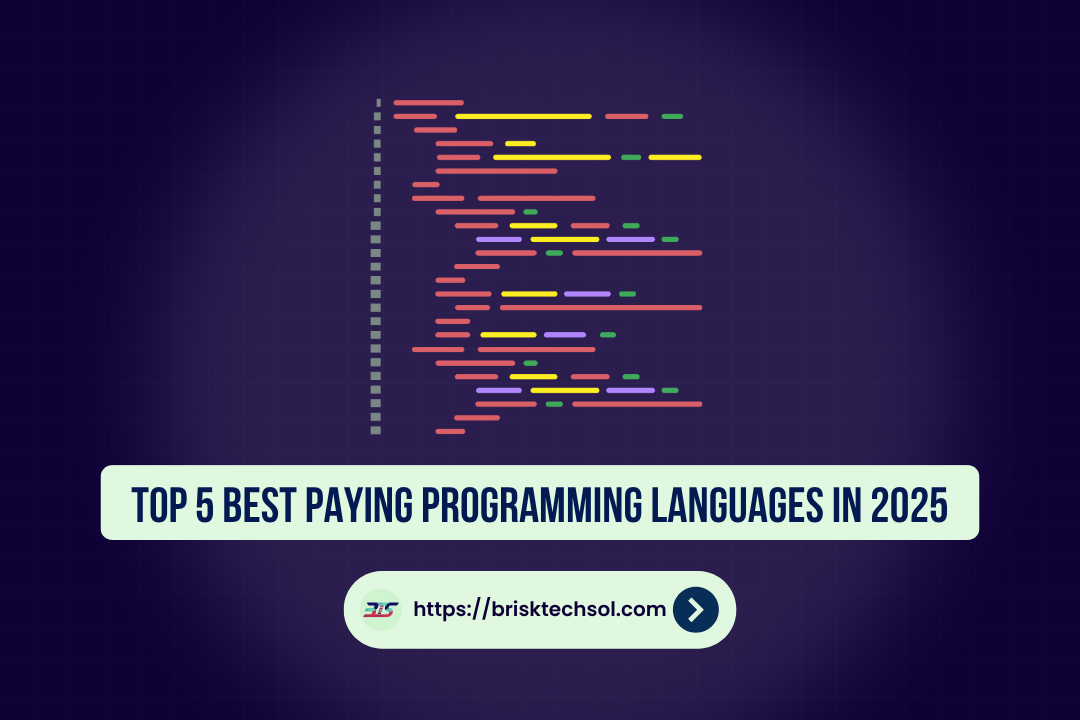Now a days managing IT budgets is critical. Outsourced app support has emerged as a cost-effective solution for maintaining robust applications. This guide unpacks the costs involved, key influencing factors, various pricing models, and the tangible benefits of outsourcing. Learn how to optimize your support budget while ensuring quality service.
Overview of Outsourced App Support
Outsourced app support refers to hiring third-party vendors to manage and maintain mobile and web applications. This service covers a broad range of activities from routine maintenance and troubleshooting to comprehensive updates and performance monitoring. With rapid technological advancements, many organizations now prefer outsourcing to bridge the gap between in-house capabilities and the need for 24/7 support.
Definition & Scope:
Outsourced app support involves delegating application-related tasks to external experts. This ensures that businesses can leverage specialized technical expertise without the burden of recruiting and training in-house staff. The practice is particularly popular in industries where continuous uptime and swift problem resolution are paramount.
Services Offered:
Typical services include bug fixing, performance optimization, security updates, user support, and periodic enhancements. Vendors often provide customizable service packages tailored to meet specific business needs. For instance, a startup may opt for a basic support plan, whereas an established enterprise might require a comprehensive package covering all aspects of application management.
Market Trends & Industry Growth:
Recent industry reports indicate that outsourcing IT support especially app support has grown by over 25% in the past five years. Companies are increasingly focused on cost reduction, leading to a surge in demand for flexible, outsourced solutions. Outsourced support not only helps businesses manage costs but also brings in specialized expertise and up-to-date technological insights.
Quick Table: Key Services in Outsourced App Support
| Service | Description | Typical Cost Range |
|---|---|---|
| Bug Fixing | Resolving software glitches | $30–$80/hour |
| Performance Optimization | Enhancing speed and reliability | $40–$100/hour |
| Security Updates | Implementing patches and updates | $35–$90/hour |
| User Support | Providing technical assistance | $25–$70/hour |
Outsourced app support provides a strategic advantage by offering scalable services tailored to various business sizes and needs. Companies can adjust support levels based on current demands, ensuring that technical issues are resolved quickly while keeping costs predictable. This overview sets the stage for a deeper dive into the specifics of cost components and models, which we will explore in subsequent sections.
Understanding the Costs Involved
When considering outsourced app support, understanding the associated costs is crucial. The total expense can be divided into several components, which include fixed costs (such as initial setup fees and contractual retainers) and variable costs (like hourly charges for troubleshooting or emergency support).
Breakdown of Cost Components:
- Labor Costs: Often the largest expense, labor costs depend on the vendor’s expertise and location. For example, offshore teams might charge significantly less per hour than onshore teams.
- Technology & Infrastructure: These include costs for software licenses, cloud hosting, and tools required for remote monitoring and diagnostics.
- Communication & Management: Ongoing coordination, project management, and periodic review meetings may add to the overall cost.
Fixed vs. Variable Costs:
- Fixed Costs: These are predictable expenses such as monthly service retainers or one-time setup fees. Fixed pricing models help organizations budget more accurately over a set period.
- Variable Costs: These depend on the actual time and resources consumed. For example, extra charges may apply during unexpected downtime or when additional support is needed outside of the contracted service hours.
Industry Data & Statistics:
Recent surveys show that companies outsourcing app support can expect labor costs ranging from $20 to $150 per hour, depending on the complexity of the application and the region of the service provider. Additionally, fixed monthly retainers may range from $2,000 to $15,000, tailored to the level of service required. Such pricing flexibility is a major draw for businesses looking to optimize their IT budgets.
Quick Table: Cost Components Comparison
| Cost Component | Fixed Cost | Variable Cost | Notes |
|---|---|---|---|
| Labor | Monthly retainer fee | Hourly support charges | Varies by vendor location and skill |
| Technology | License fees | Usage-based charges | Cloud services often on a pay-as-you-go basis |
| Communication | Contract management | Additional meeting fees | May include travel or emergency fees |
By understanding and distinguishing between these cost components, businesses can better forecast expenses and plan their budgets accordingly. Outsourcing app support allows for scalable spending where costs can be controlled without compromising service quality. This detailed cost breakdown enables decision-makers to weigh the benefits of outsourcing against the potential risks and hidden fees. In the following section, we will explore the factors that most significantly influence these costs and how to manage them effectively.
Cost Factors in Outsourced App Support
Several factors influence the overall cost of outsourced app support. A clear understanding of these factors helps businesses make informed decisions and negotiate better service contracts.
1. Geographic Location:
The cost of labor varies dramatically by region. Offshore vendors, particularly in regions with a lower cost of living, often offer competitive rates. However, considerations around time zones, language, and cultural alignment can impact the overall effectiveness and hidden costs.
2. Vendor Expertise and Experience:
More experienced vendors may charge premium rates, but their expertise can lead to quicker problem resolution and higher quality service. Conversely, newer or less experienced vendors might offer lower rates but may not match the same efficiency or reliability.
3. Complexity of the Application:
The more complex and customized an application is, the higher the support cost. Applications requiring frequent updates, integration with multiple systems, or specialized security measures will typically incur greater expenses.
4. Service Level Agreements (SLAs):
SLAs define the expected performance and response times. Stricter SLAs usually mean higher costs, as vendors need to allocate additional resources to ensure compliance. Negotiating flexible SLAs can help manage costs without sacrificing quality.
5. Hidden and Additional Costs:
Extra charges may occur for after-hours support, emergency fixes, or additional services beyond the scope of the initial contract. Transparency in pricing and understanding potential hidden fees is essential for accurate budgeting.
Quick Table: Cost Factor Impact
| Factor | Impact on Cost | Example |
|---|---|---|
| Geographic Location | 20–50% cost variation | Offshore vs. onshore pricing differences |
| Vendor Expertise | Premium rates for experienced vendors | Senior developer rates higher than juniors |
| Application Complexity | Higher complexity increases support needs | Customized app integrations |
| SLA Requirements | Stricter SLAs raise hourly or retainer fees | 24/7 emergency support vs. business hours |
| Hidden Costs | Unforeseen charges from extra services | After-hours support fees |
By carefully analyzing these factors, organizations can tailor their outsourcing strategy to meet both their technical needs and budgetary constraints. A thorough cost factor analysis not only clarifies expected expenditures but also highlights potential areas for negotiation and savings.
Benefits and ROI of Outsourced App Support
Outsourcing app support can yield significant benefits and a strong return on investment (ROI) for businesses. The financial and operational advantages make it an appealing alternative to maintaining an in-house team.
Cost Savings:
One of the most attractive benefits is the reduction in overhead costs. By outsourcing, companies save on expenses related to hiring, training, salaries, and benefits. In many cases, organizations report cost savings of 30–50% compared to in-house support.
Improved Efficiency and Expertise:
Outsourced vendors bring specialized skills and state-of-the-art tools to the table. This expertise translates into faster problem resolution and more proactive maintenance, ensuring that applications remain robust and secure. Companies can focus on their core business while experts manage technical issues.
Scalability and Flexibility:
Outsourced app support services are scalable. As your business grows or experiences fluctuations in demand, you can easily adjust the level of support required without the hassle of managing additional staff or resources. This flexibility is key to managing dynamic IT needs efficiently.
ROI Metrics and Performance Data:
Studies indicate that companies outsourcing IT support often experience a positive ROI within months. For instance, reduced downtime, improved application performance, and enhanced user satisfaction all contribute to higher overall productivity. Comparing ROI metrics, businesses often find that outsourced solutions yield higher returns relative to the total investment when compared to in-house support models.
Quick Table: ROI Comparison – Outsourced vs. In-house
| Metric | Outsourced Support | In-house Support |
|---|---|---|
| Cost Savings | Up to 50% reduction | Higher overhead costs |
| Downtime Reduction | 30–40% less downtime | Longer resolution times |
| Efficiency Improvement | Rapid resolution and scaling | Varies, often slower |
| ROI Achievement Timeline | Within 6–12 months | Typically longer |
Ultimately, the tangible benefits of outsourcing including lower operational costs, access to expert talent, and increased operational agility — make it a strategic move for many organizations. Businesses that adopt outsourced app support report not only financial savings but also enhanced service quality and customer satisfaction, contributing to long-term growth and competitive advantage.
Pricing Models and Case Studies
Choosing the right pricing model is essential for maximizing the benefits of outsourced app support. There are several models available, each suited to different business needs and project scopes.
Pricing Models Overview:
- Fixed-Price Model:
Provides a predetermined cost for the entire service package. This model is ideal for projects with clearly defined scopes. It offers predictability but may lack flexibility if requirements change. - Time & Material Model:
Charges are based on the actual time spent and resources used. This model offers flexibility for projects where the scope isn’t fixed. However, it can be less predictable in terms of final costs. - Hybrid Model:
Combines elements of both fixed-price and time & material. This approach allows for a base fee covering standard services and variable charges for additional tasks.
Case Studies:
Consider a mid-sized tech firm that opted for a fixed-price model. Their predictable monthly fee enabled them to budget effectively, and over time, the efficiency gains resulted in a 35% cost saving. Conversely, a startup requiring frequent updates chose a time & material model, paying only for the support needed during peak periods. Their flexibility allowed rapid scaling with minimal waste.
Quick Table: Pricing Models Comparison
| Pricing Model | Description | Benefits | Drawbacks |
|---|---|---|---|
| Fixed-Price | Pre-determined cost for set services | Predictable budgeting | Limited flexibility |
| Time & Material | Billed based on actual usage | High flexibility | Can lead to unpredictable costs |
| Hybrid | Combination of both models | Balance of predictability and flexibility | Requires clear delineation of tasks |
These examples and models illustrate how selecting the appropriate pricing structure can significantly affect your bottom line. A well-chosen pricing model not only aligns with your financial planning but also ensures that you receive the level of support necessary to maintain optimal application performance.
Key Takeaways
Definition & Scope: Outsourced app support involves hiring external experts to handle tasks such as bug fixing, performance optimization, security updates, and user support, allowing companies to access specialized expertise without building in-house teams.
Cost Components: The overall cost includes fixed costs (like setup fees and monthly retainers) and variable costs (such as hourly charges for additional support). Understanding these elements is crucial for accurate budgeting.
Influencing Factors: Key factors impacting costs include geographic location (with offshore vendors often offering lower rates), vendor expertise, application complexity, and the specifics of service level agreements (SLAs).
Benefits & ROI: Outsourcing can lead to significant cost savings (often 30–50% lower than in-house support), improved efficiency, scalability, and a faster return on investment, thanks to dedicated expertise and flexible service models.
Pricing Models: The article reviews different pricing models—fixed-price, time & material, and hybrid—highlighting their pros and cons to help businesses choose the model that best fits their needs.
FAQ’S
1: What is the typical cost range for outsourced app support?
A: Depending on the service complexity and vendor location, rates generally range from $20 to $150 per hour, with fixed monthly contracts often between $2,000 and $15,000.
Q2: How do different pricing models affect overall costs?
A: Fixed-price models offer budget predictability; time & material models provide flexibility; and hybrid models combine the benefits of both, adapting to project scope changes.
Q3: What are the primary factors influencing outsourced app support pricing?
A: Key factors include geographic location, vendor expertise, application complexity, and the specifics of the service level agreement (SLA).
Q4: How can businesses achieve cost-effective app support?
A: By clearly outlining requirements, comparing vendors, and selecting the pricing model that best aligns with their operational needs, companies can optimize costs.
Q5: What should be included in a service level agreement (SLA) for outsourced app support?
A: An SLA should define response times, performance benchmarks, cost structures, and accountability measures to ensure high-quality service delivery.


